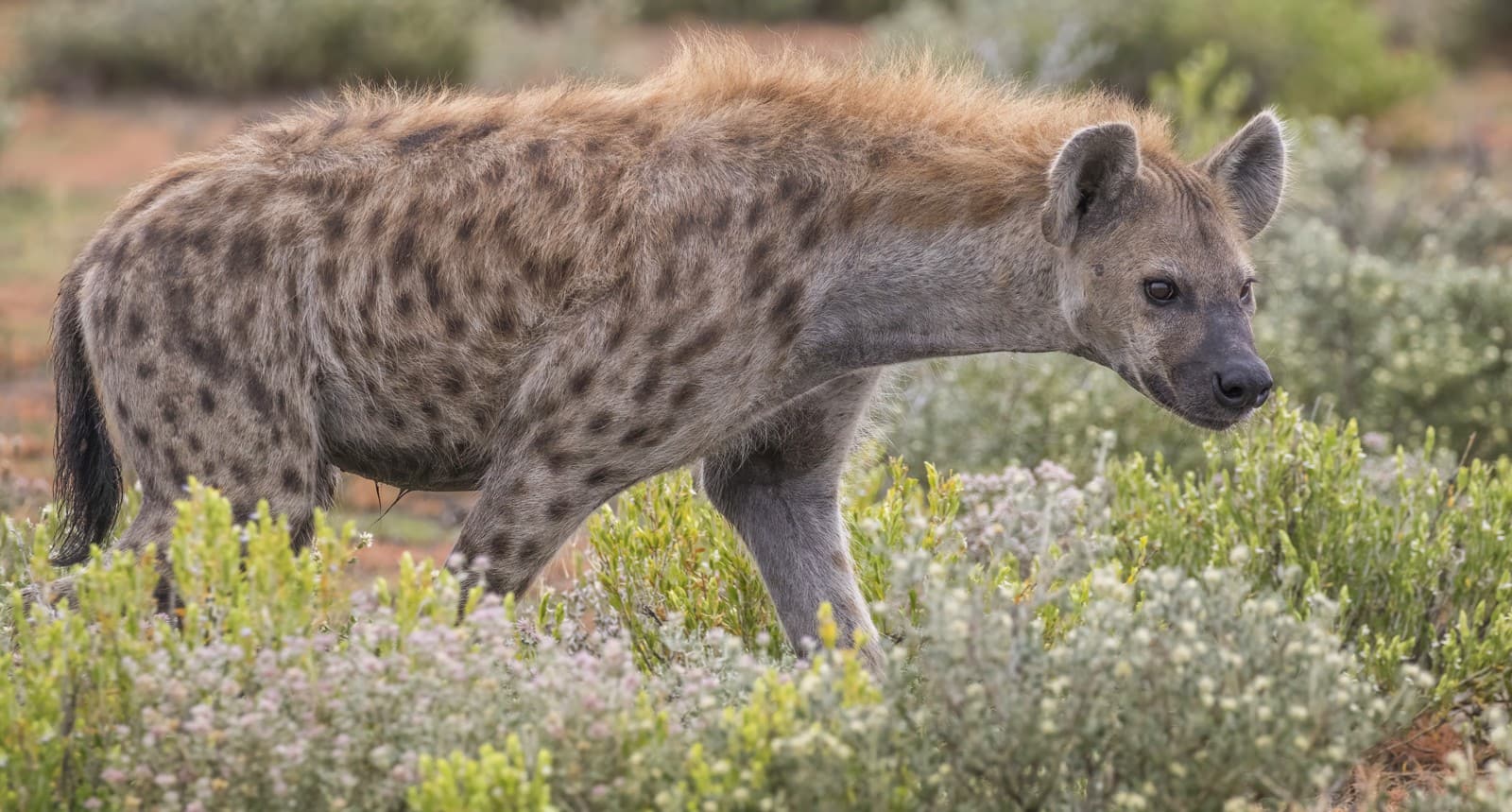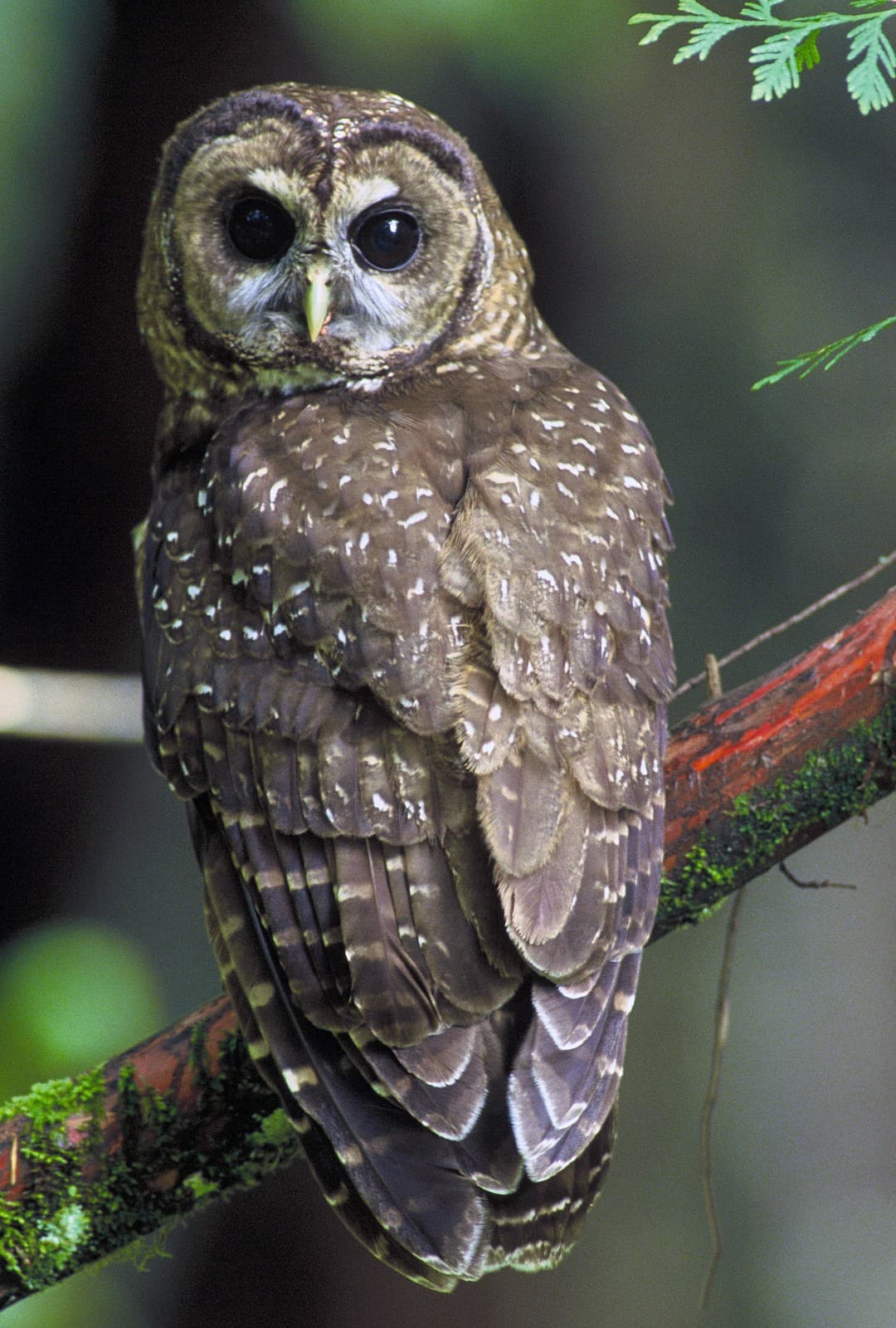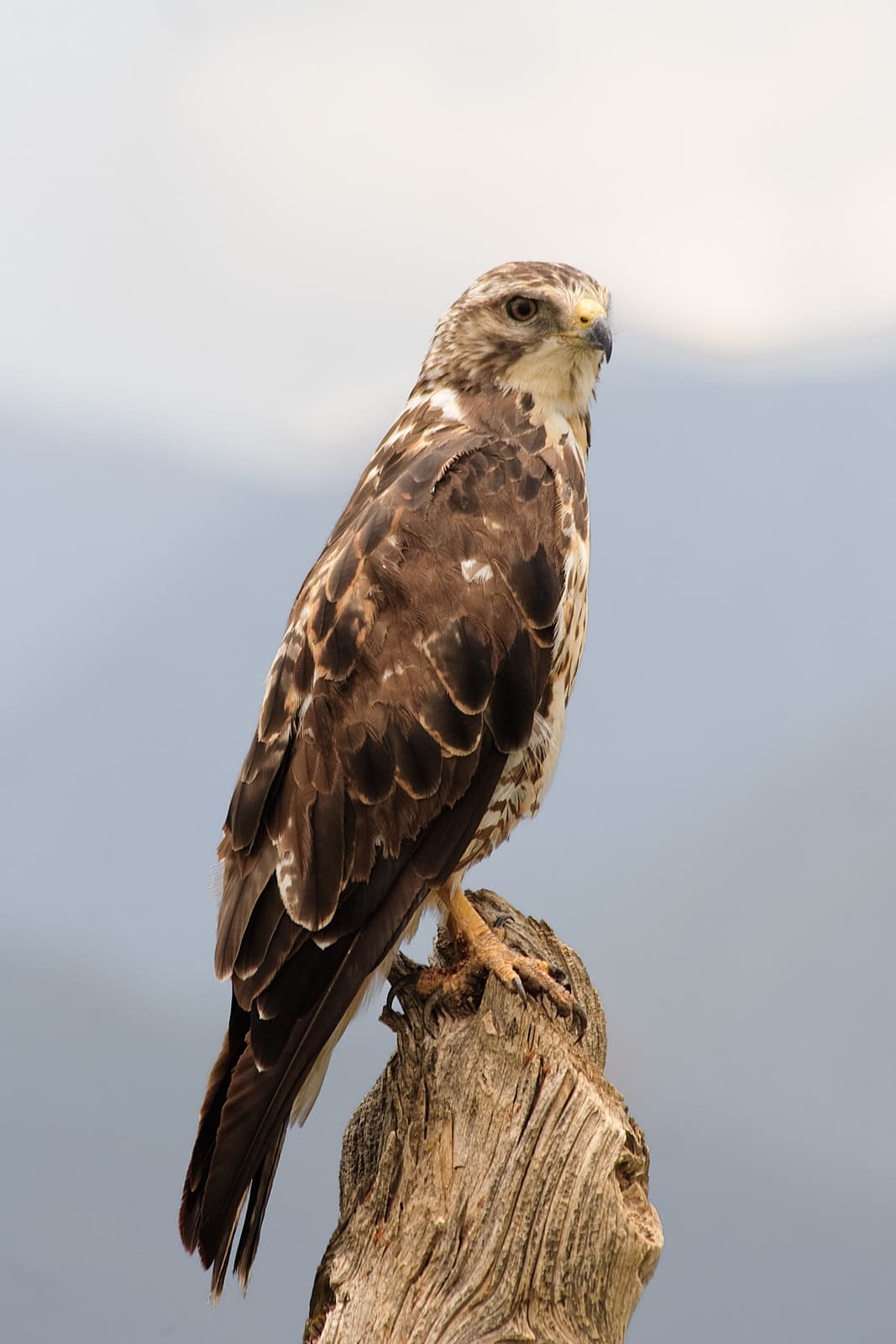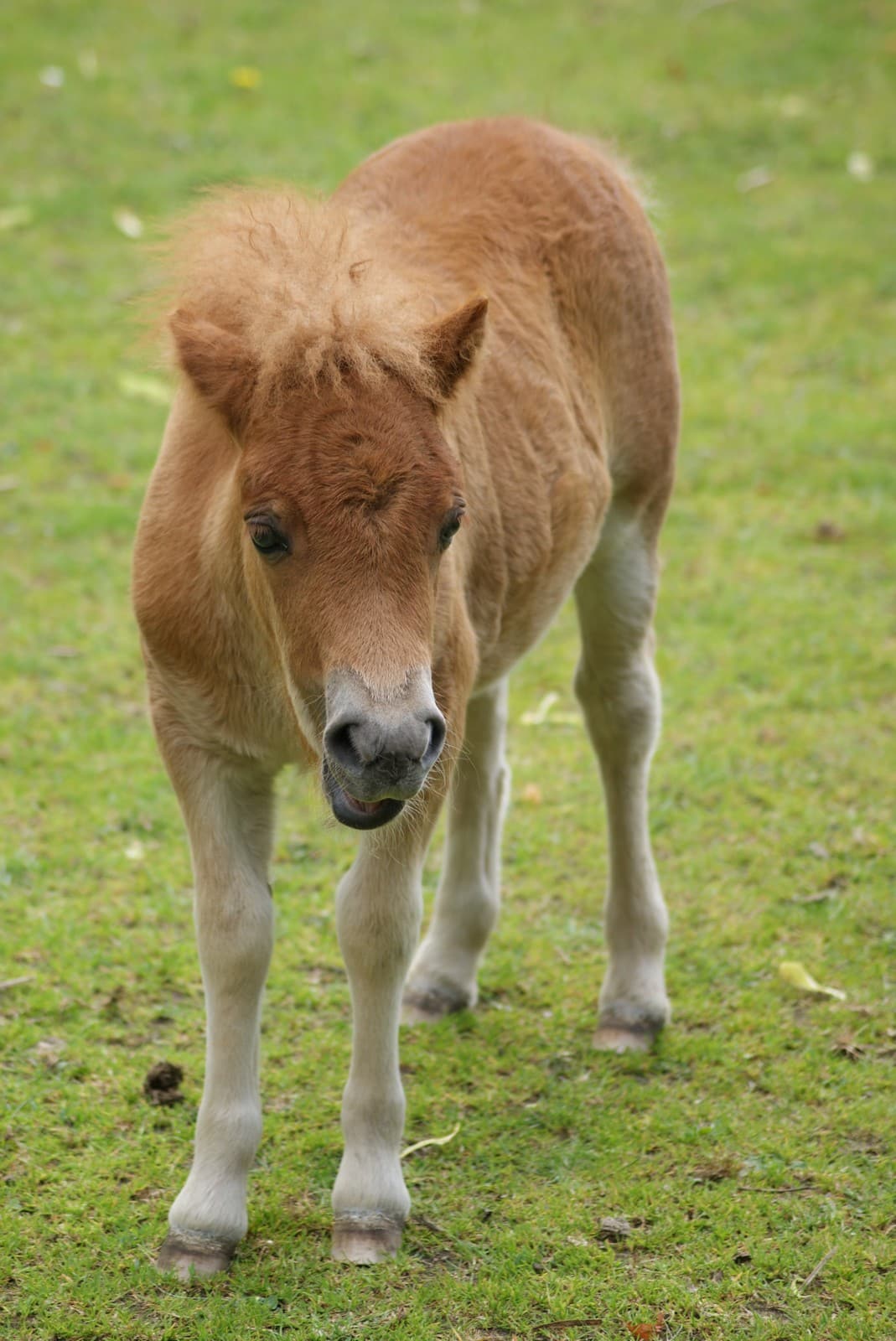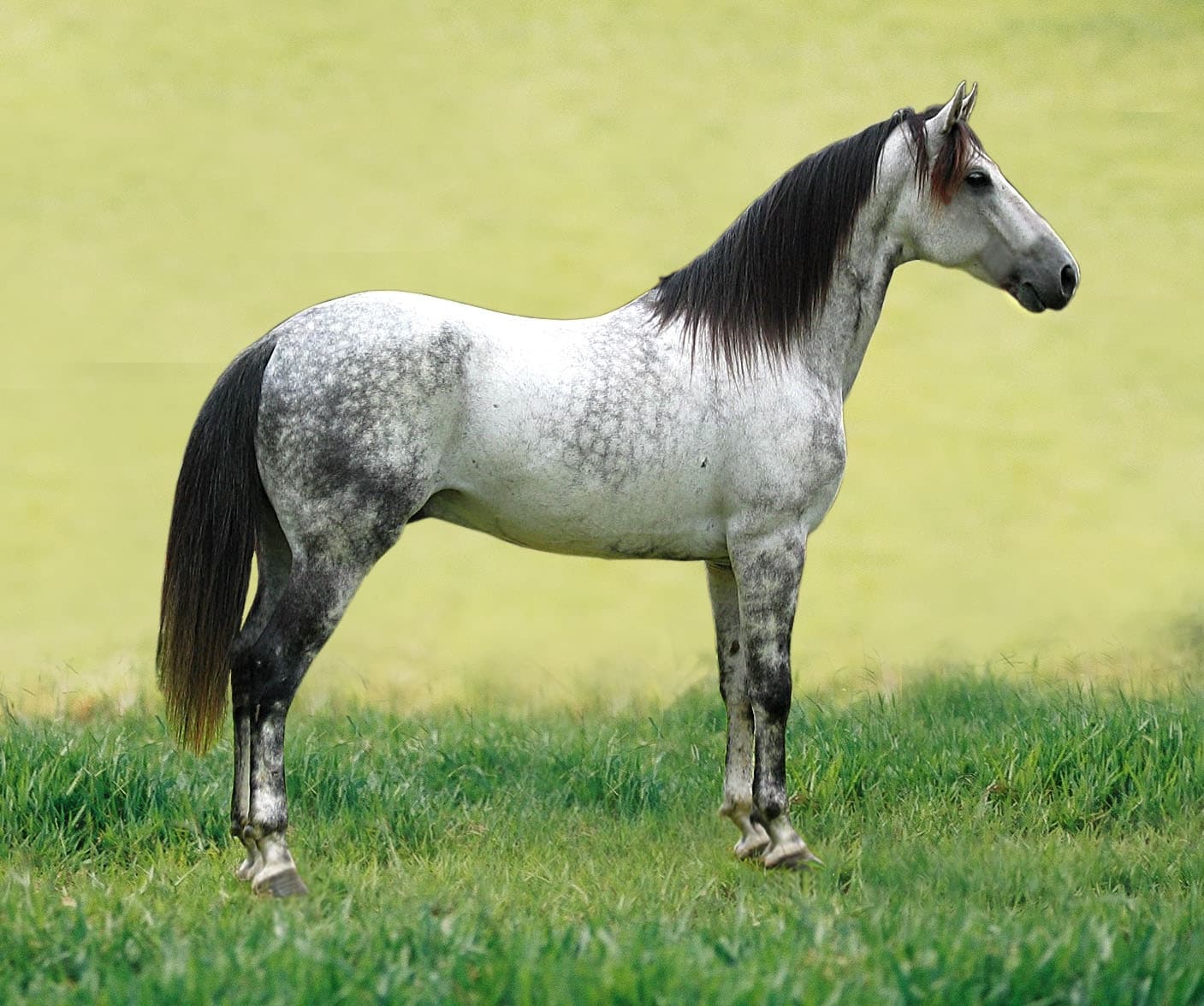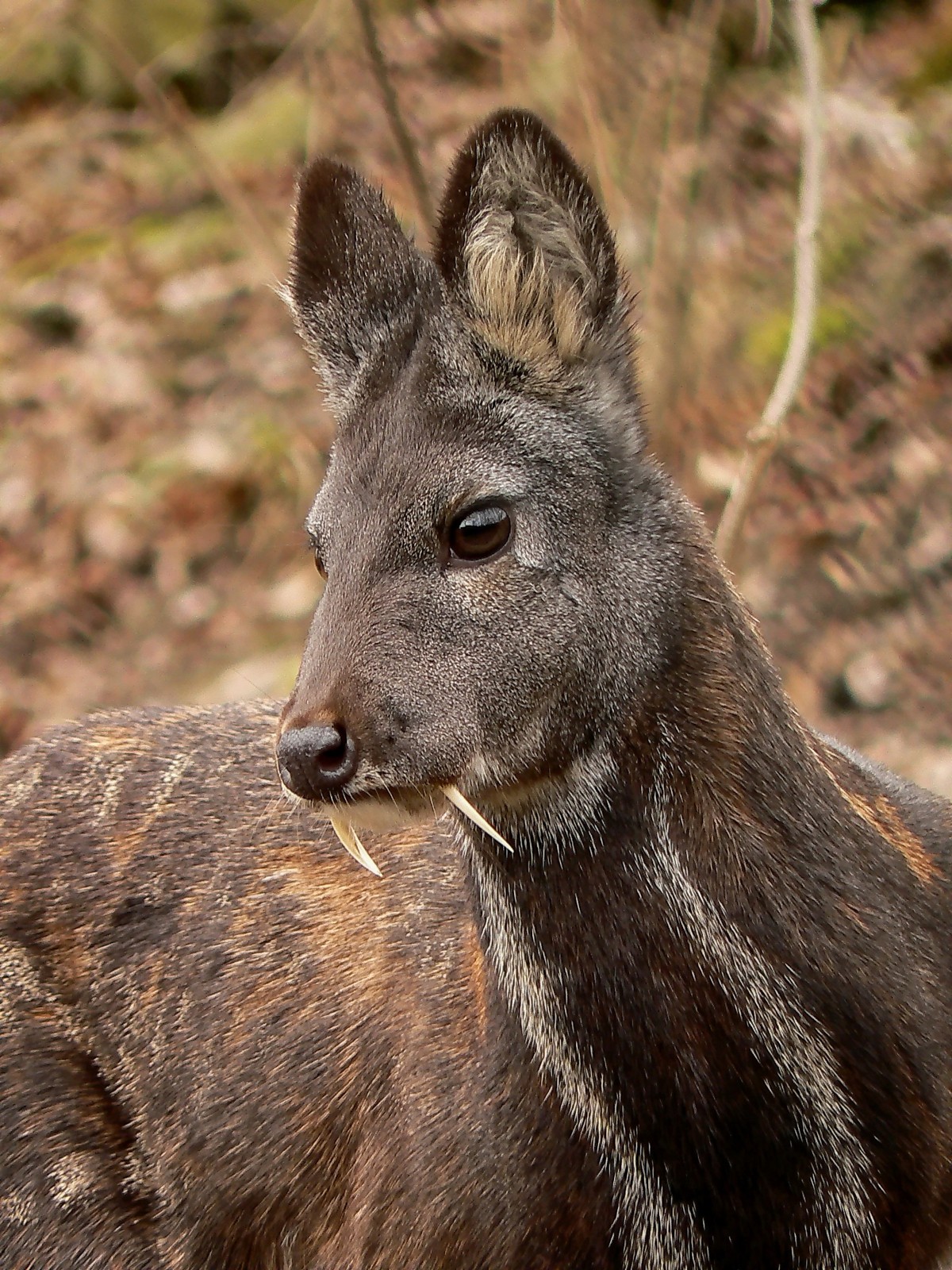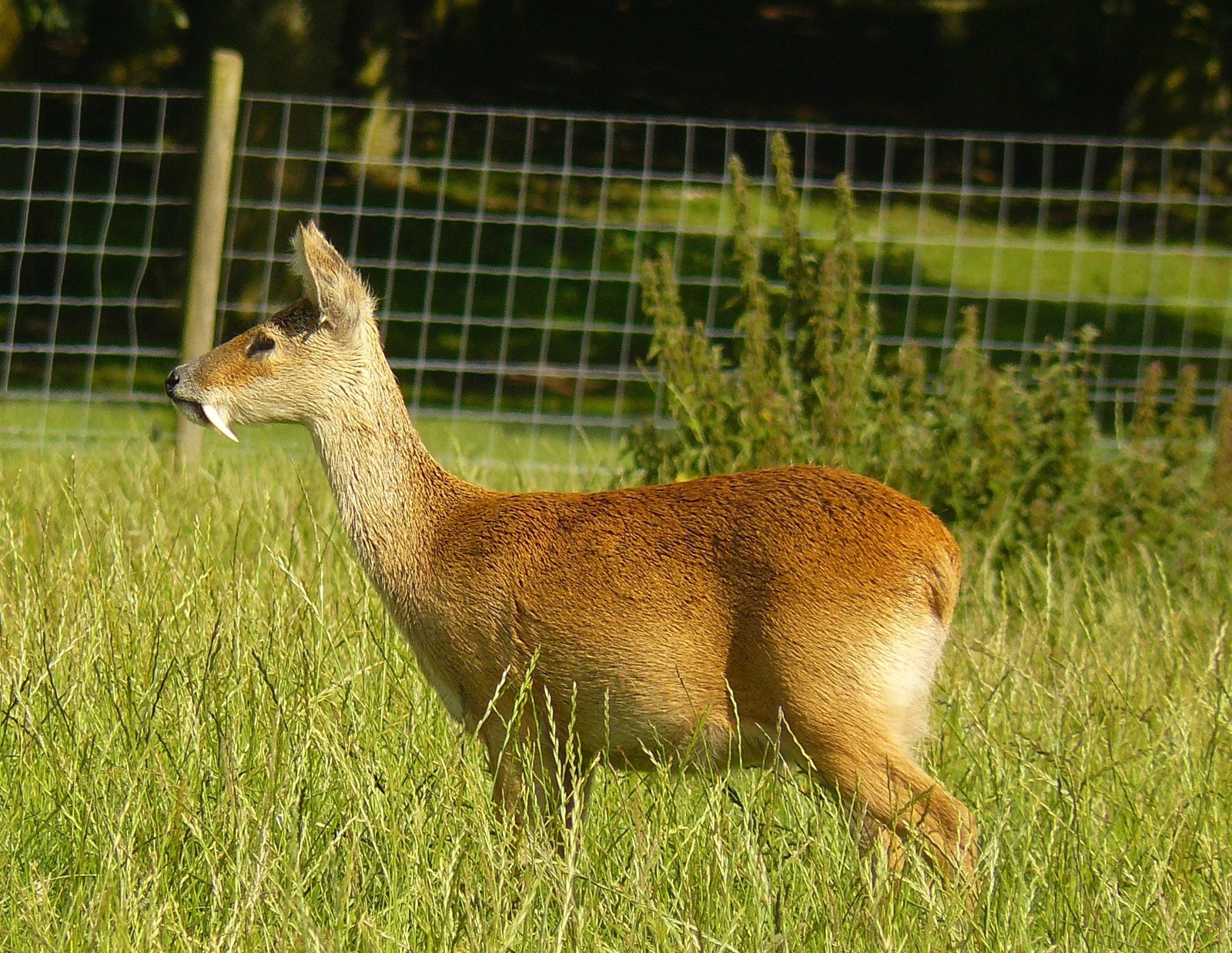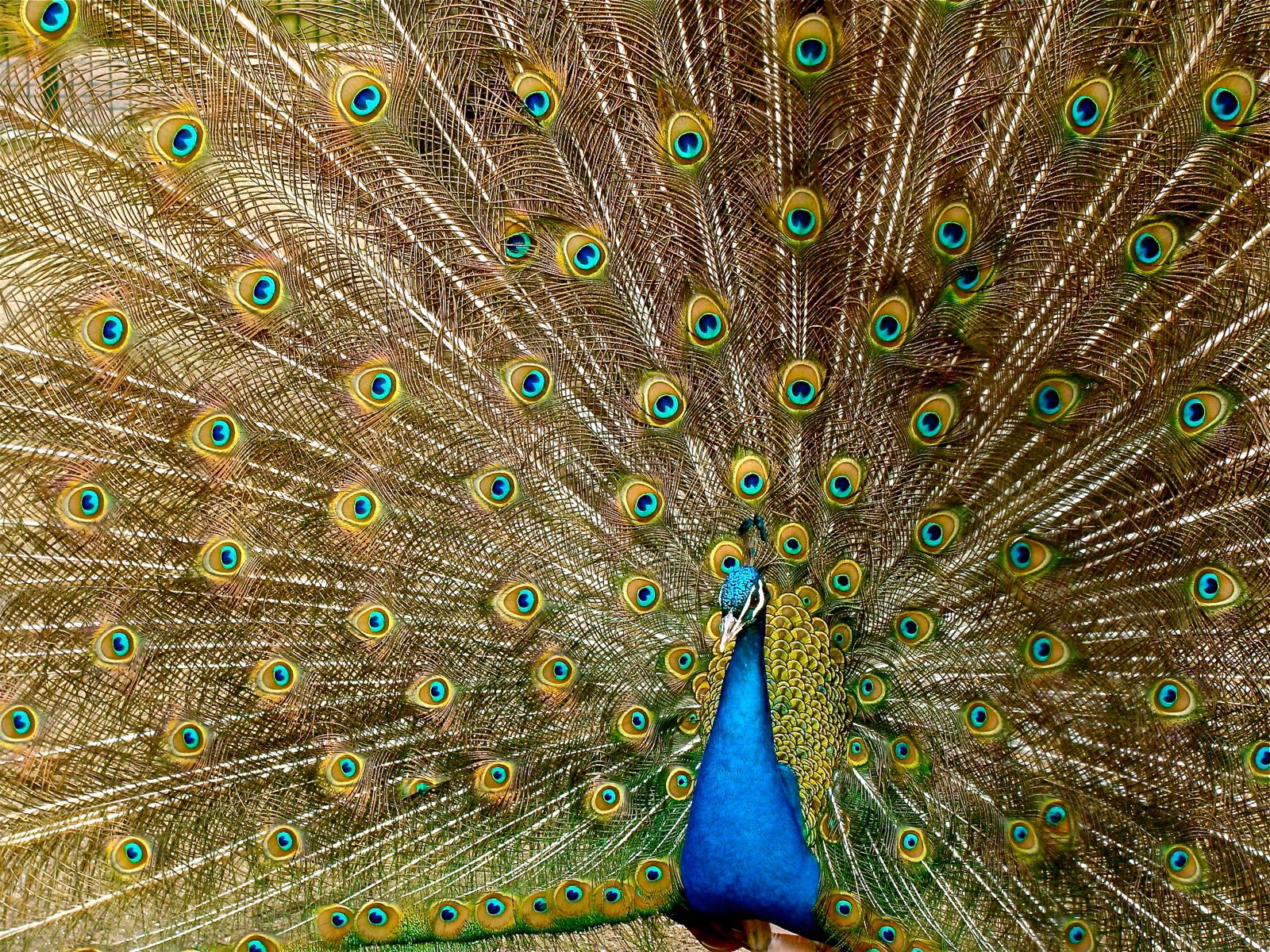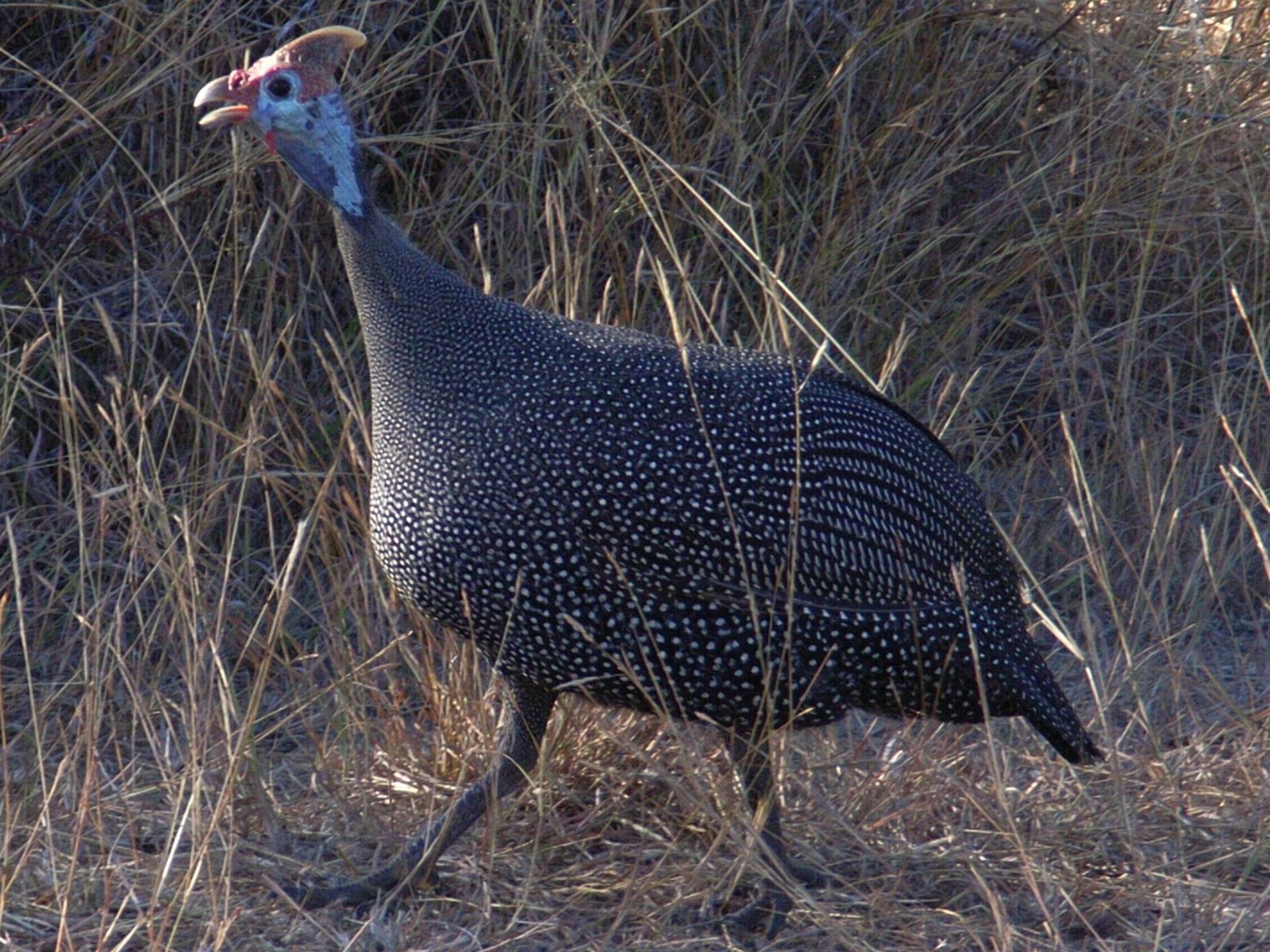Water Moccasin vs Water Snake: A Complete Comparison
The critical difference between a Water Moccasin (Agkistrodon piscivorus) and a Water Snake (Nerodia spp.) lies in their venom capability and head shape. Water Moccasins are venomous pit vipers with distinctly triangular heads, while Water Snakes are non-venomous with more slender, rounded heads. Adult Water Moccasins typically reach lengths of 30-48 inches (76-122 cm), whereas Water Snakes average 24-42 inches (61-107 cm).
Understanding these differences is crucial for safety near waterways, as Water Moccasins and Water Snakes often share habitats across the southeastern United States. While both species are excellent swimmers and feed primarily on fish and amphibians, their defensive behaviors and potential risks to humans differ significantly.
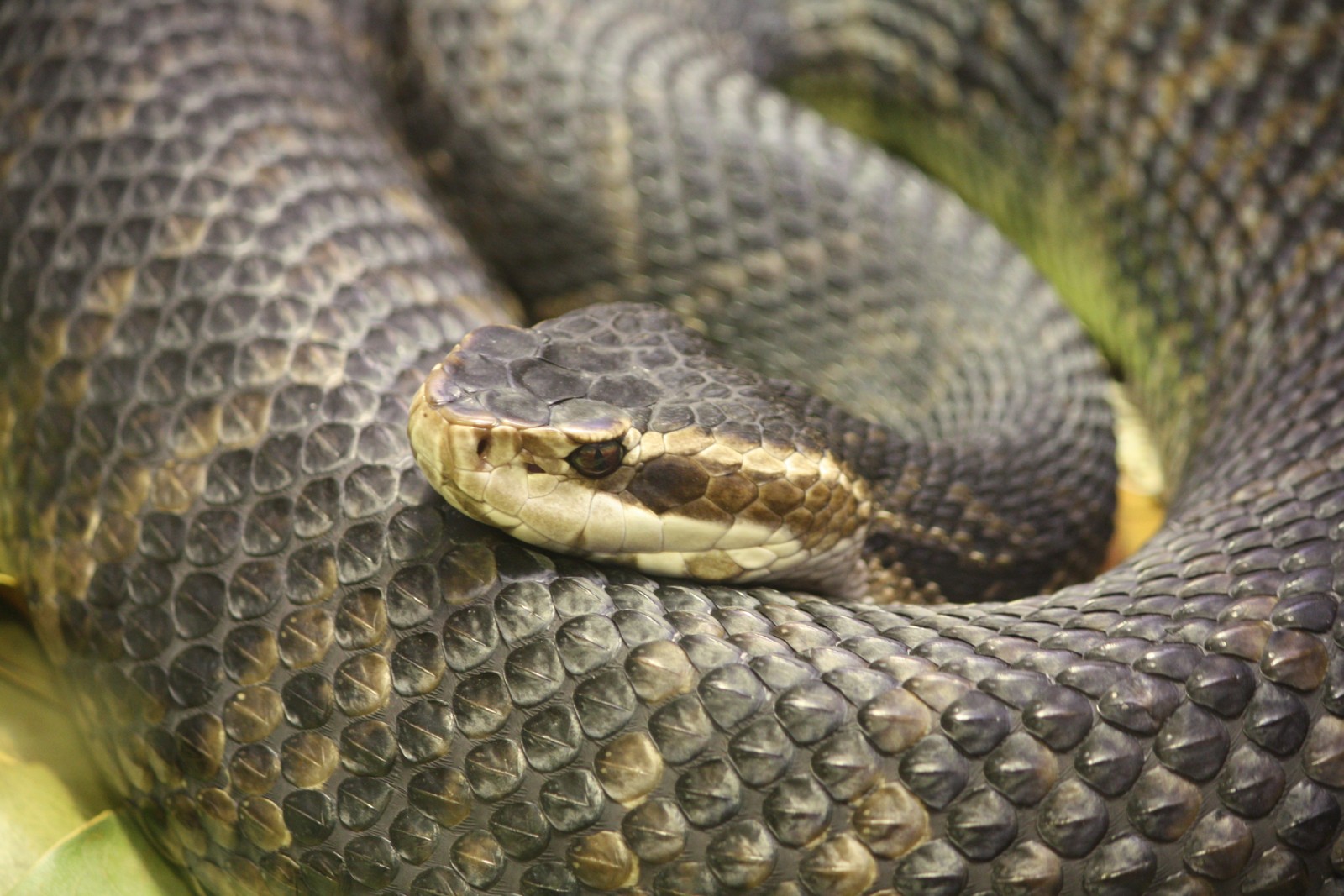
© Ltshears / CC BY-SA 3.0
The Water Moccasin, also known as the Cottonmouth, displays its characteristic defensive posture. Note the thick, heavy-bodied build and distinctive triangular head - key identifiers separating it from non-venomous Water Snakes.
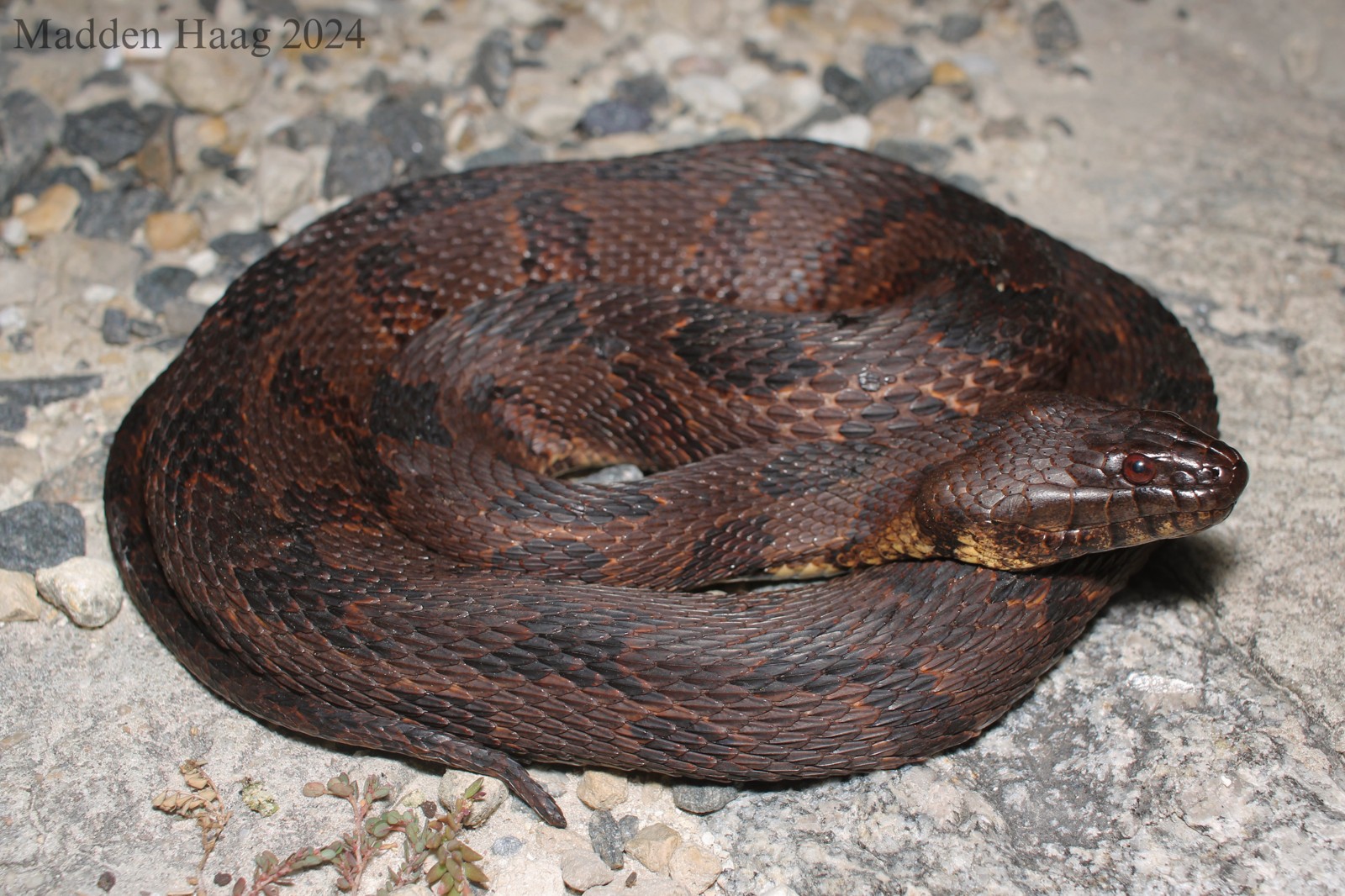
© MH Herpetology / CC BY-SA 4.0
A Northern Water Snake exhibits the more slender build and rounded head typical of non-venomous water snakes. The banded pattern and coloration can be similar to Water Moccasins, making head shape and body structure crucial identification factors.
Key Differences Between Water Moccasin and Water Snake
| Feature | Water Moccasin | Water Snake |
|---|---|---|
| Venom Status | Venomous pit viper | Non-venomous |
| Head Shape | Broad, triangular with distinct neck | Rounded, less distinct from neck |
| Body Build | Thick, heavy-bodied | More slender, streamlined |
| Pupils | Vertical (cat-like) | Round |
| Swimming Position | Body floats high on water surface | Only head above water while swimming |
| Average Size | 30-48 inches (76-122 cm) | 24-42 inches (61-107 cm) |
Habitat and Distribution
Water Moccasins inhabit the southeastern United States, ranging from Virginia to Florida and west to eastern Texas. They prefer slow-moving water bodies, swamps, and marshes. Water Snakes have a broader distribution across North America and can adapt to various aquatic environments, including fast-moving streams and rivers.
Behavior and Defense Mechanisms
When threatened, Water Moccasins often stand their ground, displaying their white mouth interior (hence the name “Cottonmouth”) and coiling defensively. Water Snakes typically flee immediately when encountered, usually diving underwater. While both species may flatten their heads when threatened, Water Snakes lack the sophisticated venom delivery system of the Water Moccasin.
Diet and Hunting Patterns
Both species are skilled aquatic predators, but their hunting strategies differ:
-
Water Moccasin
- Uses venom to immobilize prey
- Primarily hunts at night
- Feeds on fish, amphibians, and small mammals
- Can strike underwater
-
Water Snake
- Constricts or swallows prey alive
- Active during day and night
- Primarily feeds on fish and amphibians
- Hunts in shallow water
Safety and Encounter Guidelines
When encountering either species:
- Maintain a safe distance (minimum 6 feet/2 meters)
- Never attempt to handle or provoke the snake
- Slowly back away while keeping the snake in view
- Allow the snake an escape route
- Document sightings from a safe distance for species identification
Ecological Role and Conservation
Both Water Moccasins and Water Snakes play vital roles in controlling fish and amphibian populations in their ecosystems. Despite their different approaches to prey capture, both species help maintain healthy wetland environments. Conservation efforts focus on habitat preservation and public education to reduce unnecessary snake deaths due to misidentification.
Remember: While Water Moccasins pose a significant venomous threat, Water Snakes are harmless to humans. Learning to distinguish between these species enhances both personal safety and appreciation for these remarkable aquatic predators.

